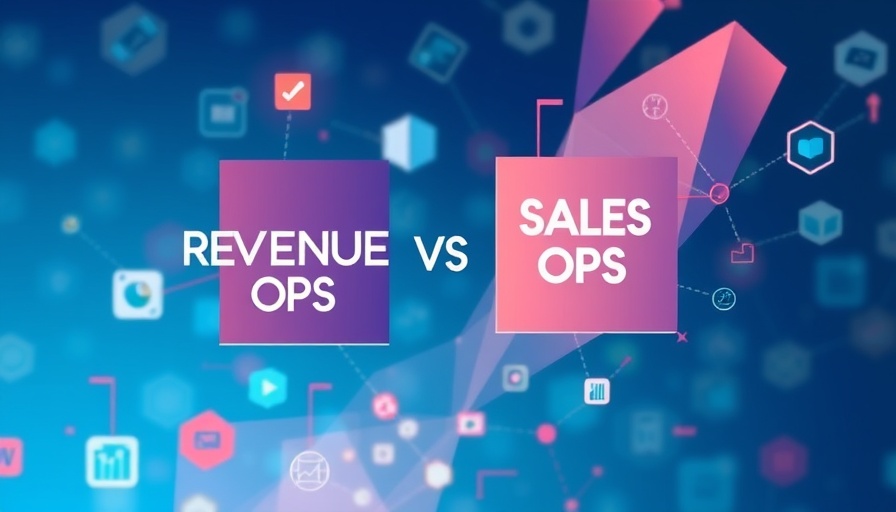
Understanding RevOps vs. Sales Ops: The Secret to Business Growth
In the fast-paced world of B2B sales, understanding the distinction between Revenue Operations (RevOps) and Sales Operations (Sales Ops) can be the key to unlocking maximum efficiency within your business. While both departments aim to drive revenue, they serve different roles in the organization. Let's break them down to see how they complement each other and drive your sales success.
Defining Sales Operations (Sales Ops)
Sales Operations is essentially the backbone of your sales team. It takes charge of strategy, processes, and tools that enable sales representatives to perform their jobs more effectively. If your goal is to maximize productivity, Sales Ops is where the magic starts.
- Process Optimization: Streamlining processes crucial for sales efficiency by eliminating roadblocks.
- Sales Forecasting: Utilizing data from the pipeline to predict future sales trends.
- CRM Management: Ensuring that sales data in your CRM is accurate for better reporting.
- Performance Reporting: Tracking key metrics to identify wins and areas for improvement.
- Territory & Quota Planning: Assigning reps to accounts and setting achievable sales targets.
- Enablement Support: Creating an environment where reps have the tools and knowledge to succeed.
The Broader Vision of Revenue Operations (RevOps)
On the other hand, Revenue Operations takes a broader, holistic approach to revenue generation. RevOps integrates Sales, Marketing, and Customer Success, aligning all teams under one unified strategy for consistent growth throughout the customer lifecycle.
- Full-Funnel Strategy: Ensuring alignment among marketing, sales, and customer service for seamless operations.
- Cross-Department Data Management: Maintaining accurate and accessible data across all platforms.
- Tech Stack Optimization: Streamlining tools for better team efficiency and communication.
- Revenue Forecasting: Predicting revenue from a comprehensive view of all customer interactions.
- Process Alignment: Standardizing workflows to enhance communication between teams, making operations more efficient.
- Customer Journey Optimization: Addressing gaps throughout the customer lifecycle to boost retention and expansion.
Why This Matters to Your Business
For business owners generating between $2M–$10M in annual revenue, understanding the intricacies of RevOps and Sales Ops is more than a theoretical exercise; it's a necessity. Effective collaboration between these two functions can lead to streamlined operations, better customer experiences, and, ultimately, increased profitability. As businesses scale, ensuring that both operations are aligned in their goals will set you apart from competitors.
Critical Distinctions and Overlapping Areas
Recognizing where Sales Ops and RevOps overlap is crucial. While Sales Ops focuses on optimizing the sales process, RevOps ensures that the overall strategy supports revenue growth across the board. This perspective helps cultivate alignment in the performance metrics that matter most, such as lead generation and pipeline velocity, creating an efficient sales machine.
Making Informed Decisions for Growth
The key takeaway? Organizations that embrace the best practices of both Sales Ops and RevOps are better equipped to innovate and respond to shifting market dynamics. By investing in robust processes, leveraging automation, and analyzing data insights, you can make informed decisions that propel your business forward and sustain growth.
Are you ready to take your operations to the next level? Reach out today to explore solutions that can help align your sales and revenue strategies!
 Add Row
Add Row  Add
Add 



Write A Comment